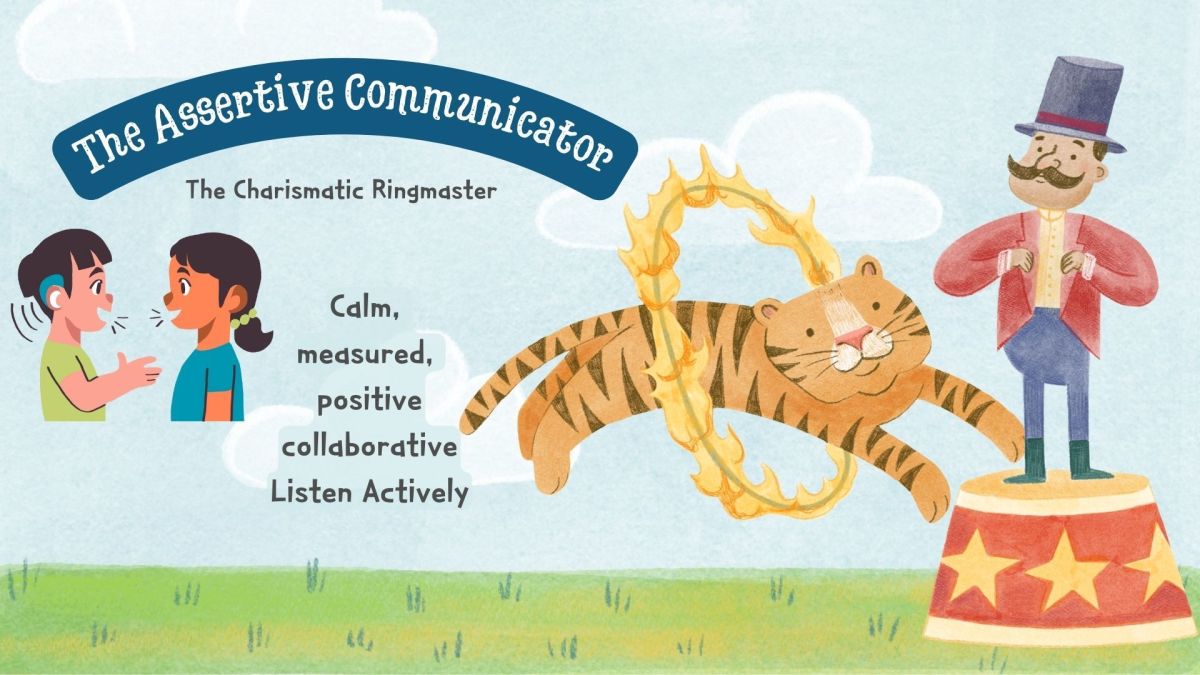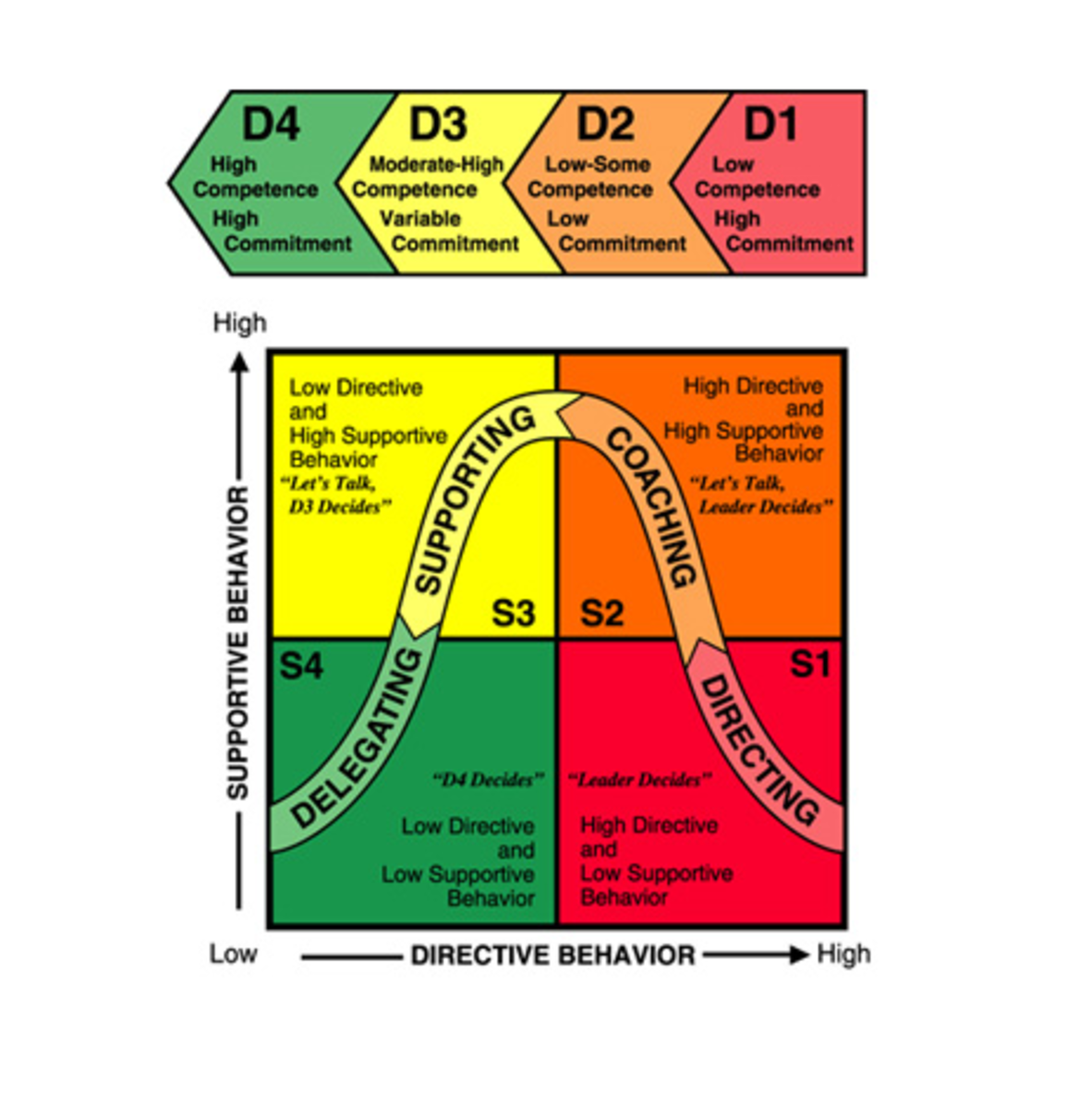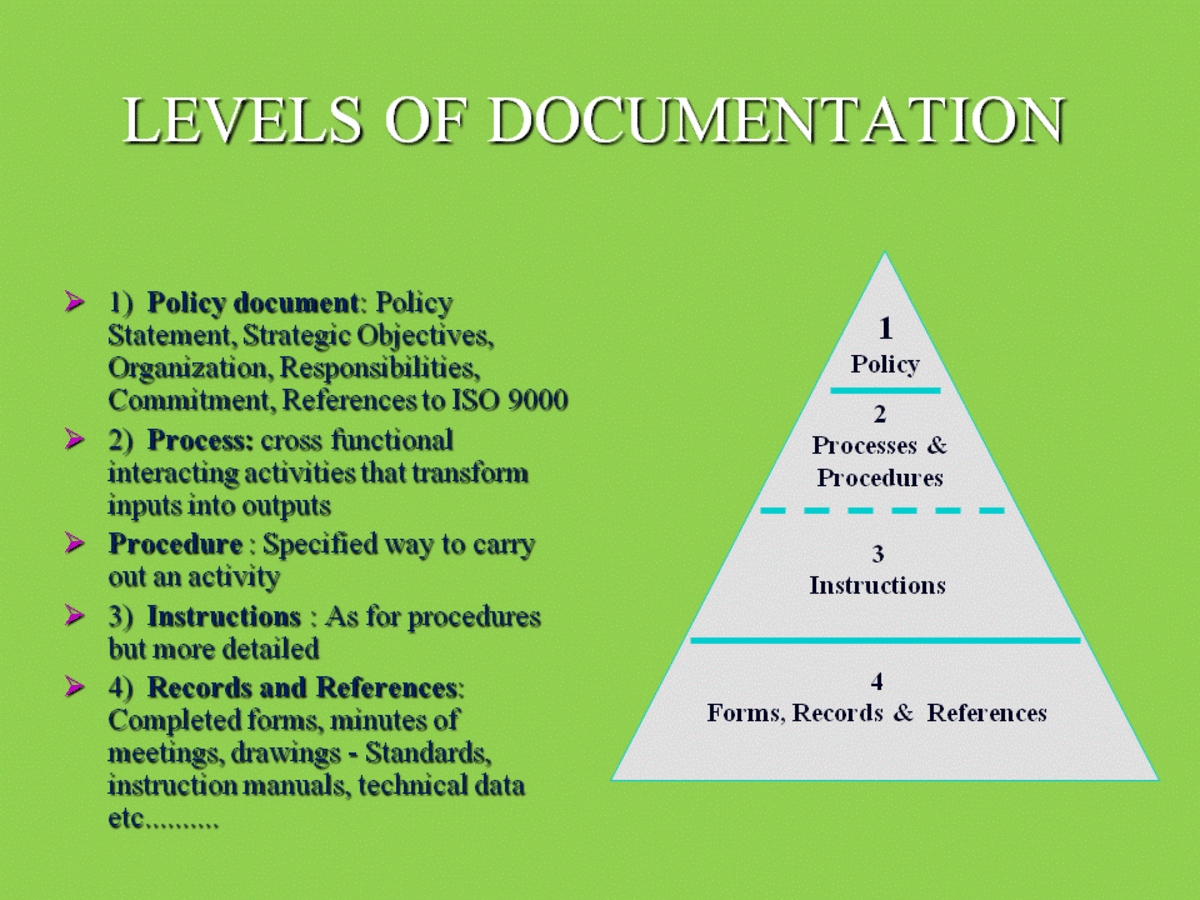Effective Communication Styles by MBTI Personality Type
Businesses and organizations today are looking for employees who openly communicate and do it well. No longer is information contained by the "need to know" principle of the old days—except where privacy must be highly protected like, for example, the counseling field. Information for busy organizations if left in hiding can be potentially devastating—missed opportunities, sudden threats, new products or competitors.
Leaders of organizations today now educate their people to keep everyone around them informed and keep their finger on the pulse of present priorities.
The fast-flow of information in our world also requires people to be able to move the information on down the playing field at speeds higher than ever imagined, in order for a business organization to succeed. Requests that, in the past, could have been answered tomorrow or the next day, now have the opportunity to be emailed in a matter of minutes.
In order to keep up with this fast-flow of information, the decision-making process is also so fast now that if we don't voice our opinion right away, it will likely be made without us.
Communication Breakdown
Effective Communication in the Workplace
A communicator who has the appropriate skills to be effective will
- voice timely opinions and ideas that are welcomed,
- aligned with the right interests, information and people, and
- creating progress all while avoiding a catastrophe.
The inability to communicate quickly and effectively can leave us way behind trying to catch up, or totally out of it and behind in the dust—the bus having already left the station. Managers, for example, who ineffectively communicate are left having to do things themselves, because they did not get across to the employee what was to be done, as in this little video.
Vote for the choice that fits you
How willing are you to say what you think at work?
Use the method that best communicates

Four Communication Styles
When different types of communication style are not considered in our communication with others, our work progress and success often suffers. The obstacle to good progress then does not have as much to do with the particular task that needs doing, but rather the ineffectiveness of the approach used to communicate information about the task.
The following introduces four communication styles or approaches people use in the communication of information. How about you? Can you identify with one style more than another that you tend to use best?
The Power or NT Type
1. Power Communicator
Those I call the Power Communicators are
- always focused on outcomes and
- want the power to bring them about.
- They take strong roles within the organization.
They are well suited for this age where information is power.
These people can quickly evaluate and are quick to speak. Fierce in their belief that 'outcomes' are first priority, they may get caught in the organizational cross-fire—some ending up getting their head bitten off or having a door shut in their face.
The Diplomatic or NF Type
2. Diplomatic Communicator
The best Diplomatic Communicators are the ones who are key to a business or organization maintaining relationships—those that are critical to the process of rapid information flow. They help the organization to "win the war," even though some battles may be lost along the way.
When everyone is beaten up by the sharp elbows suffered for the sake of results, the Diplomatic Communicators can be the magicians in the organization that make it seem like the 'elephants in the room' have disappeared. Strong in their belief that relationships come first, they may tend, though, to steer themselves and others away from tense discussions that are crucial and really should take place.
The Factual or SJ Types
3. Factual Communicator
Factual Communicators are those in the greatest command of the actual facts. They provide the content of the information flow and can provide the data upon which decisions are made.
They shine when they produce the facts and figures and data–and jots and tittles–of the information the organization requires. Should they be tempted to not communicate or pass on some piece of information and withhold it, they will likely find they have crossed into dangerous territory.
The Rescue or SP Type
4. Rescue Communicator
The best Rescue Communicators are quick at busting through information gridlock and often save the organization from information overload. There is so much information today that information can easily become a huge barrier, instead of an asset.
These Rescue Communicators, rather than being intimidated by the mound of information, can easily cut through it and immediately act on it, shining best in a crisis. They have such confidence, though, that they can tend to perform in the surge of the crisis and at the last possible moment while, at the same time, may underestimate what the situation truly demands and what information is required.
The four communication styles are four temperaments
The four primary ways people differ in personality from one another are grouped according to defined attitudes and actions. These differences are sometimes labeled "temperaments."
It is these four temperaments that form the basis of what I call the four communication styles, and their accompanying skills. They each see the world in a different way and are represented by the MBTI two-letter codes NT, NF, SJ and SP. Do you know which temperament you tend to prefer?
Why do these communication styles differ?
These four styles of communication each have a specific skill that is uniquely appropriate for managing information flow. Each of the four communication styles are those that are associated with the model of personality development created by Isabel Briggs Myers. She is the author of the world's most widely used personality inventory—the MBTI, or Myers-Briggs Type Indicator®.
Myers explains that the following four groupings (of her 16 personality types) differ vastly from each other in their attitudes and actions. I have identified these different groups as different communication styles.
Communication Styles & 4 Groupings of MBTI Personality Type
My Communicator Labels
| Myers' Four Groups
| Abbreviation
|
|---|---|---|
Power Communicator
| i(N)tuitive - (T)hinking
| NT
|
Diplomatic Communicator
| i(N)tuitive - (F)eeling
| NF
|
Factual Communicator
| (S)ensing - (J)udging
| SJ
|
Rescue Communicator
| (S)ensing - (P)erceiving
| SP
|
What type are you?
What is the other person's style?
There is one other step to seeking to bridge the gap and effectively communicate. Faced with an issue as an employee or a manager, we make a decision. The communication of our decision requires yet another decision about the person or people we with whom we are communicating. We want to consider this person competent, trustworthy and aligned with the objectives of the organization, but there is an addition consideration, too, in order to effectively communicate with that person.
Communicate the way the other listens
You will improve the odds of being understood when you can find ways to adjust your delivery to match the way the other person listens or sees the world. Change your delivery to bridge the gap and connect with them by,
- first, understanding your own communication style, and
- understanding the other person's communication style.
Once you've determined your own communication style, consider the same question about your listener. Which of the four communication styles, and their accompanying skills, is that of the person listening to you? Consider which of these is his or her best communication approach or style.
Communication Style
| Personality
| |
|---|---|---|
Power Communicator
| Focus on improving outcomesi
| (N)tuitive - (T)hinking
|
Diplomatic Communicator
| Maintains relationship critical to information flow
| i(N)tuitive - (F)eeling
|
Factual Communicator
| In command of the facts
| (S)ensing - (J)udging
|
Rescue Communicator
| Information gridlock buster
| (S)ensing - (P)erceiving
|
Bridging the gap between your style and that of the other person will make your communication more understandable and therefore more effective.
© 2011 Deidre Shelden










